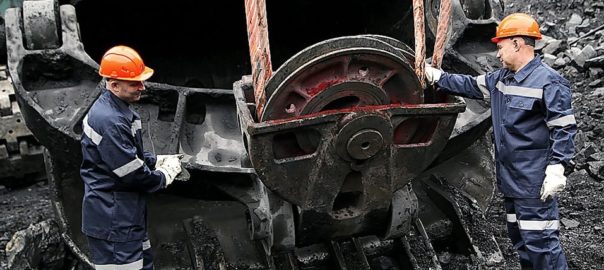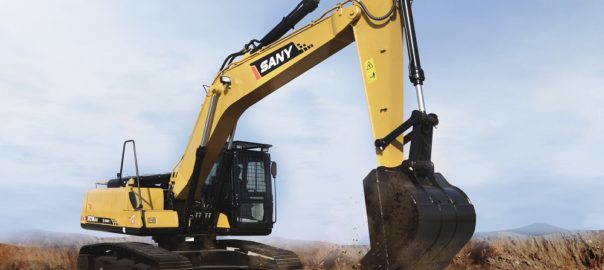Mechel’s Beloretsk Metallurgical Plant (BMP) is conducting field tests of its new polymer-coated cable ropes at Southern Kuzbass Coal’s (SKC) coal pits and Korshunov Mining Plant’s (KMP) iron ore operations, both in Russia, the company has said.
The cable ropes have already demonstrated a good enough performance for BMP to confirm it will start producing these cables on an industrial scale early in 2019.
The ropes will replace imported counterparts in the mining and oil industries, as well as engineering, bridge- and shipbuilding, Mechel said.
When field-tested on SKC’s EGK-20 excavator, a 57 mm polymer-coated cable rope worked for over six months. It has been used since February through August in temperatures ranging from -45°C to +35°C. During this time, the excavator loaded 1.04 million cubic metres of ore, with the rope’s running time more than doubling.
SKC, a subsidiary of Mechel, is still testing a 52 mm cable rope, which was installed at an EKG-12 coal-loading excavator in early July. The rope has already worked for 55 days, with an average service life of 60 days typical for uncoated ropes on this type of excavator.
“The polymer coating is still in good shape and the rope is still being used,” Mechel said.
Meanwhile, 45.5 mm cable ropes are being tested at KMP’s iron ore mines. These were installed on an EKG-8I excavator’s hoisting, thrust and recoil gear in February.
“The ropes have already worked for 183 days, running an accumulated 477,000 cu.m. This is 67% more than the running time for uncoated hoisting cables, 95% more than uncoated recoil cables and more than double…uncoated thrust cables,” Mechel said.
BMP CEO Viktor Kamelin said: “The results we received lay the groundwork for our presentation we show to both Russian mining facilities and those in the neighbouring countries. Our new products have excited interest and we already have preliminary agreements on delivery of test batches.”
The plant has been implementing a project to replace imported multi-strand cable ropes since 2015 with the support of Russia’s Industrial Development Fund and the Republic of Bashkortostan’s government.
BMP plans to produce six to 12-strand cable ropes up to 90 mm in diameter, including those with a polymer coating.









